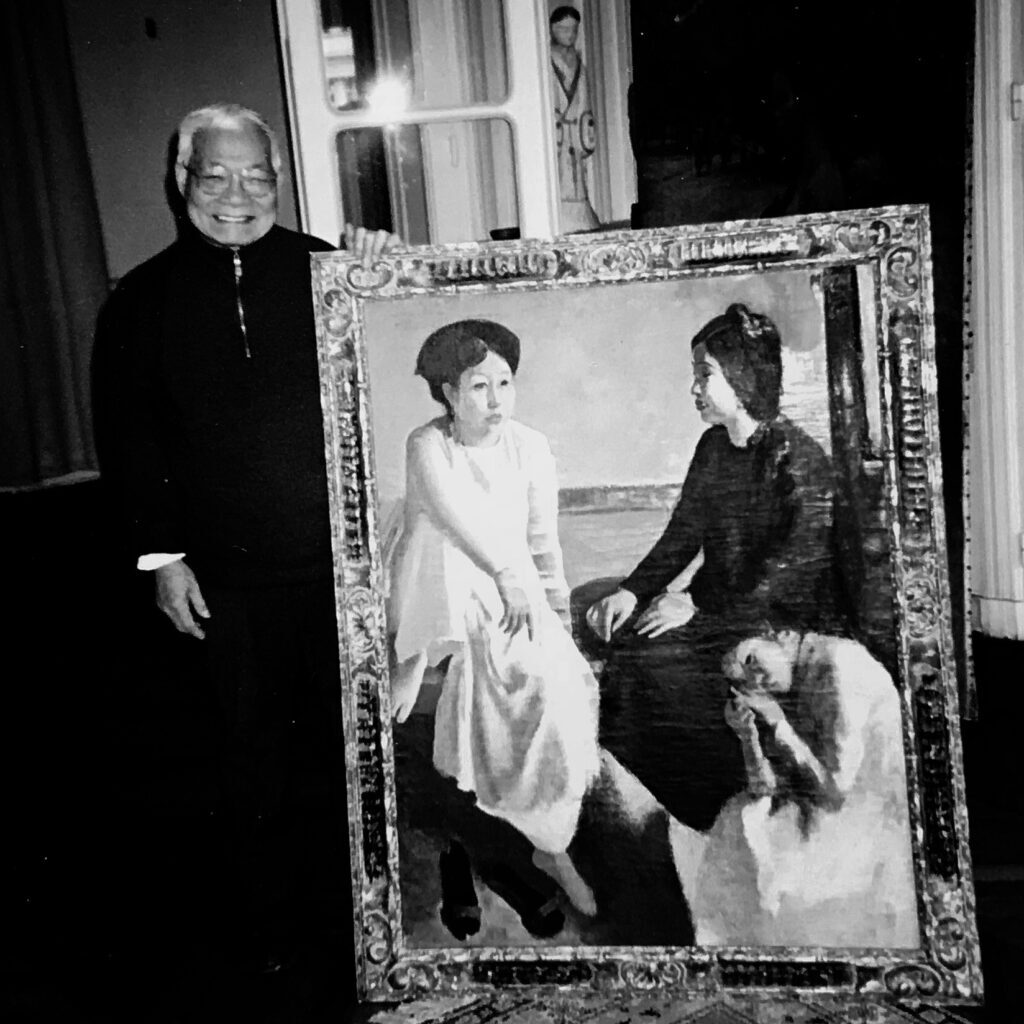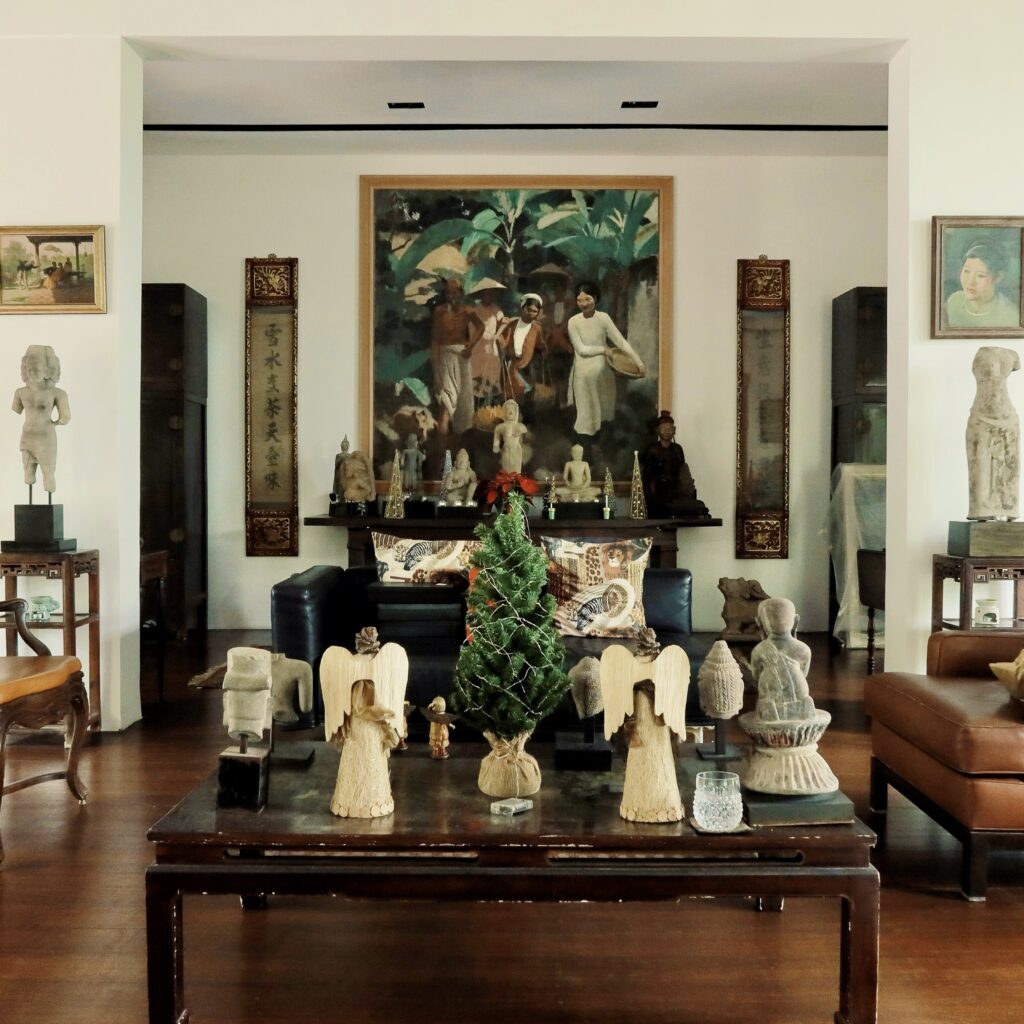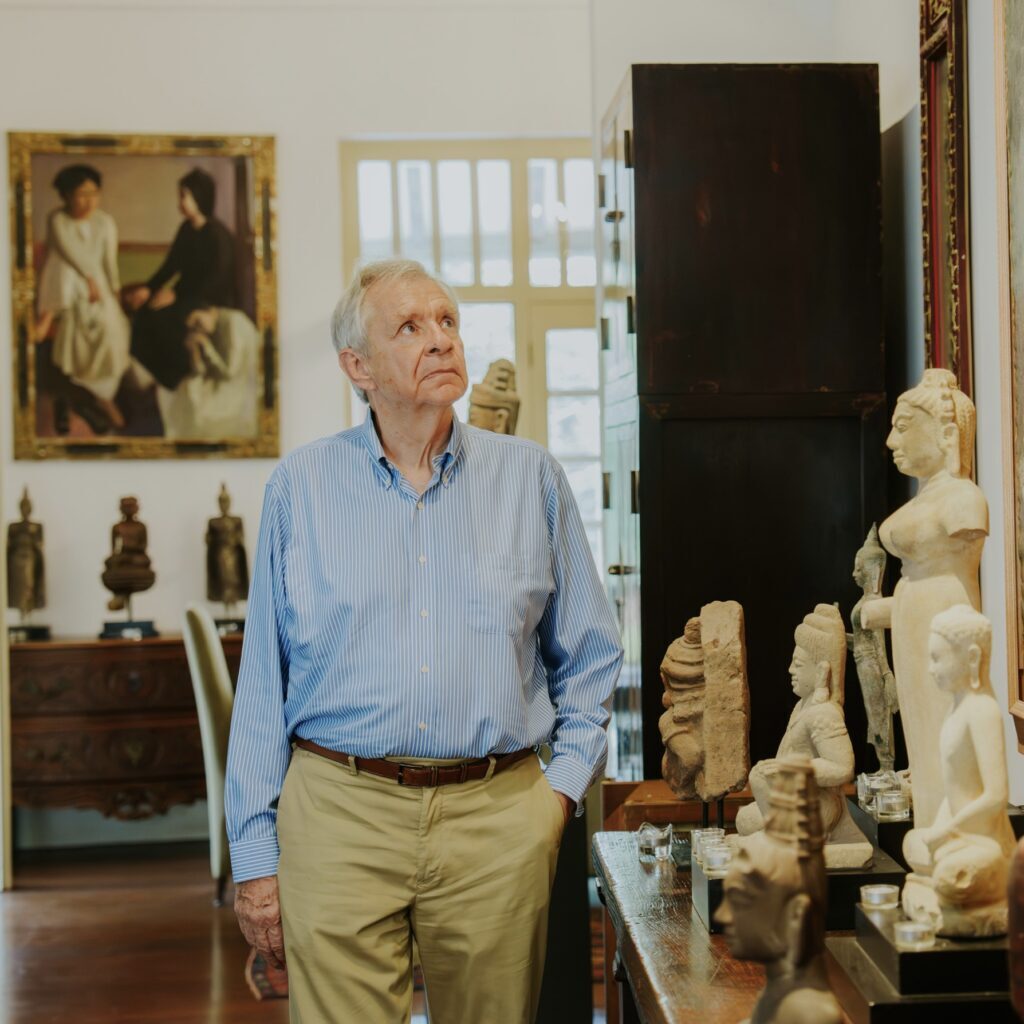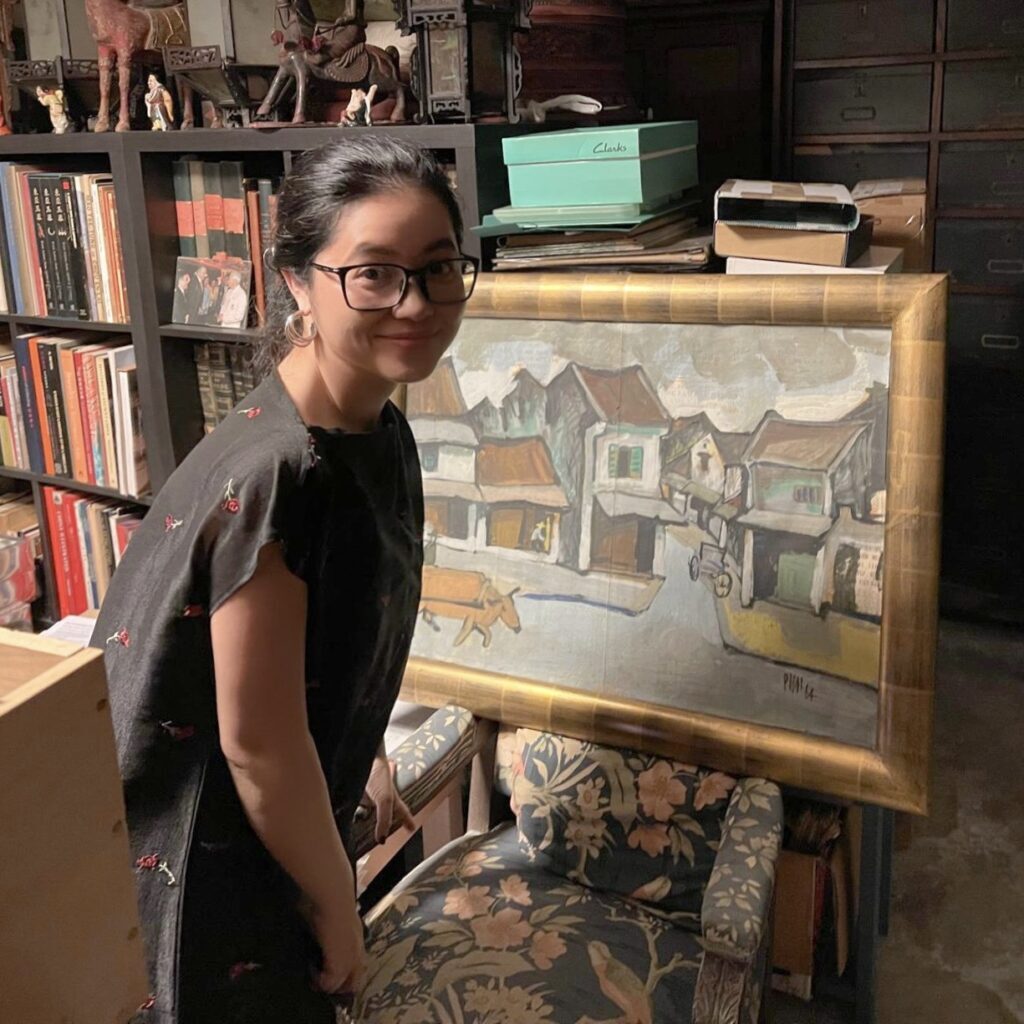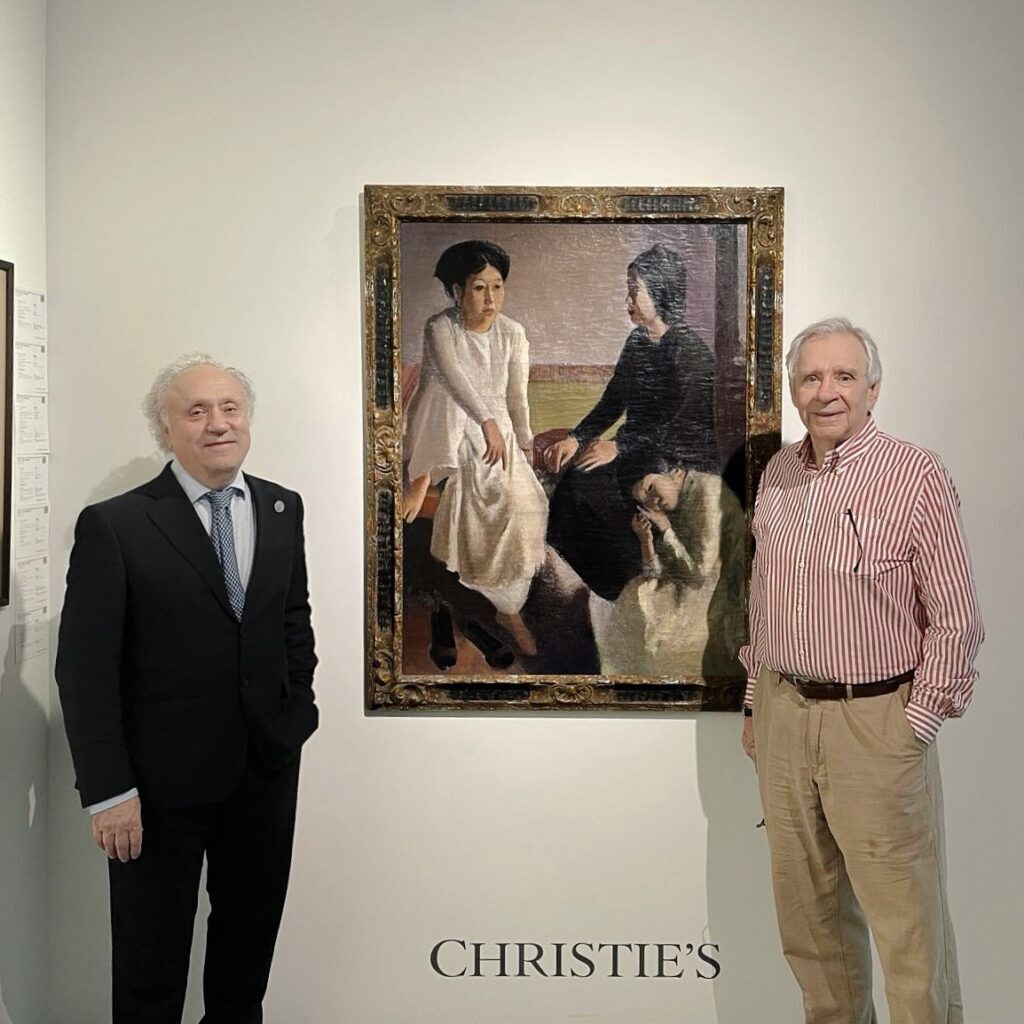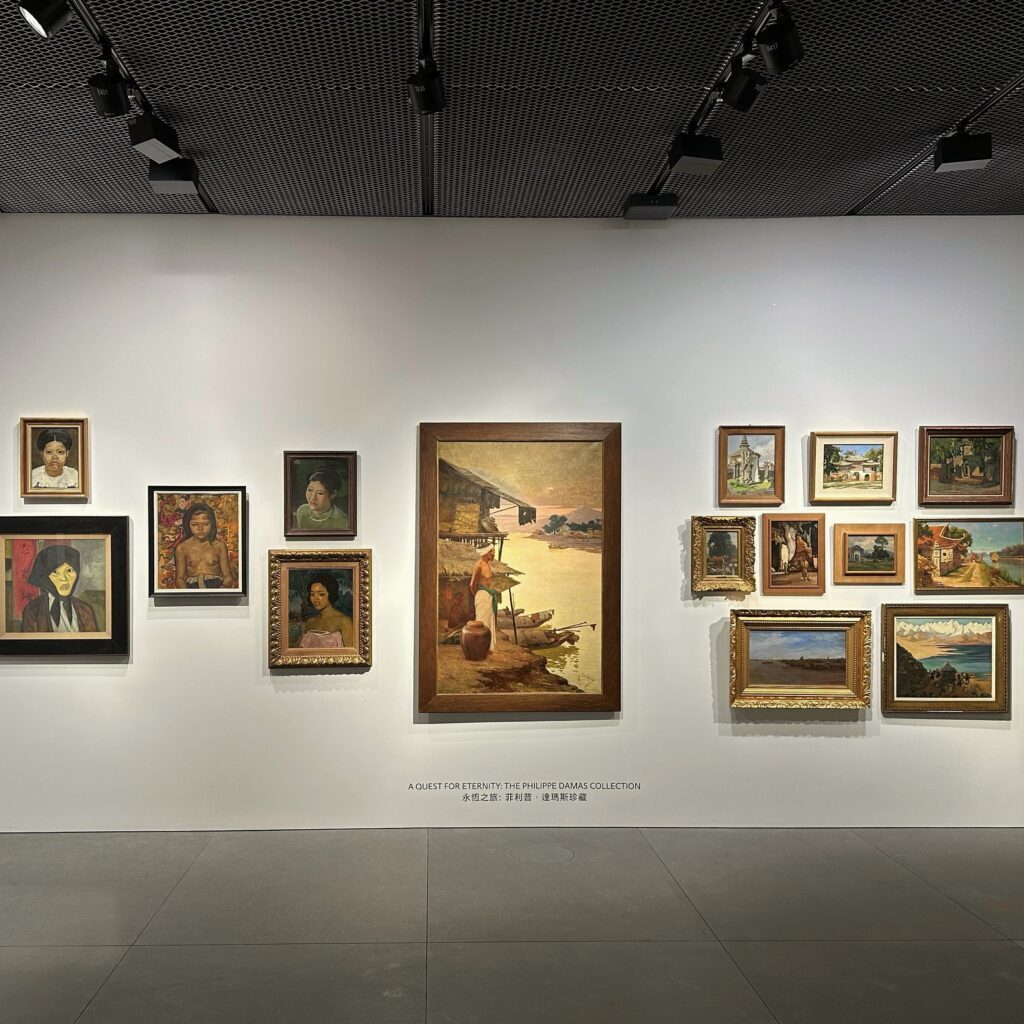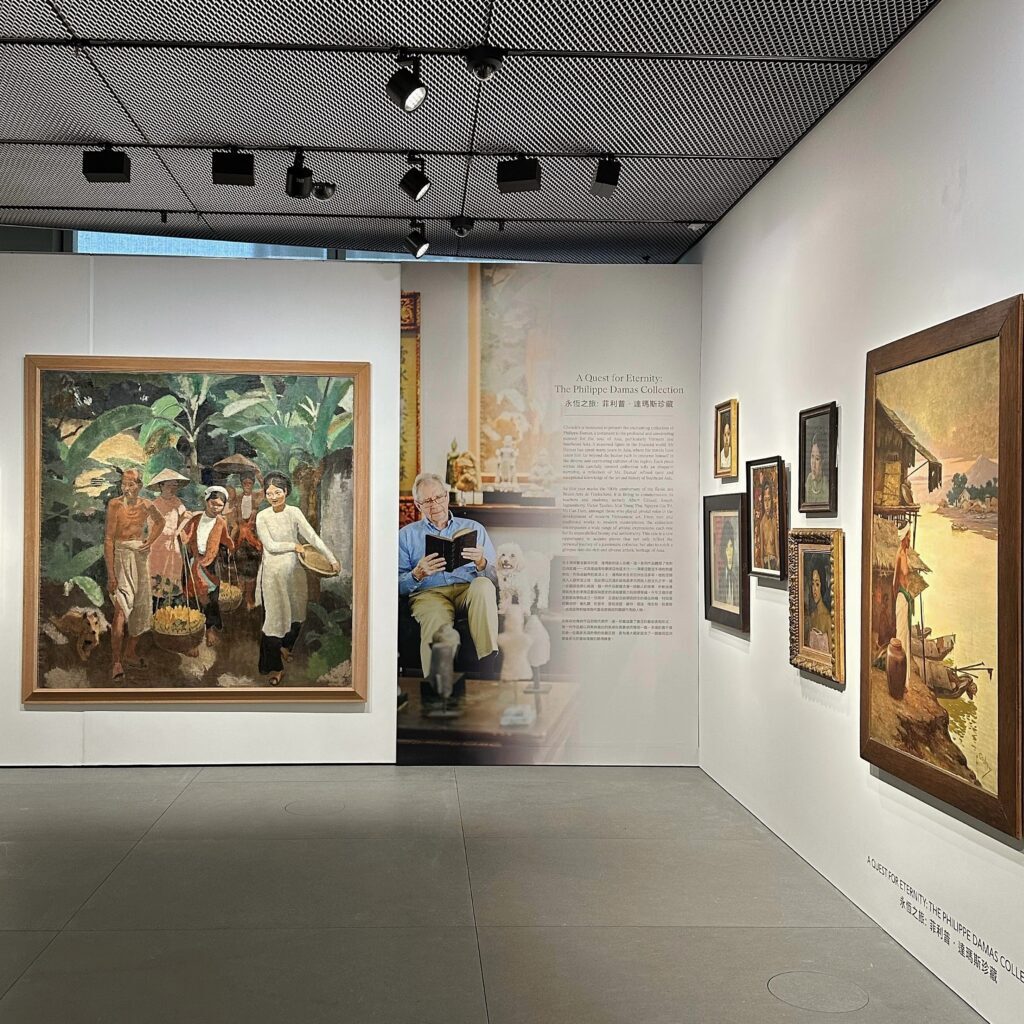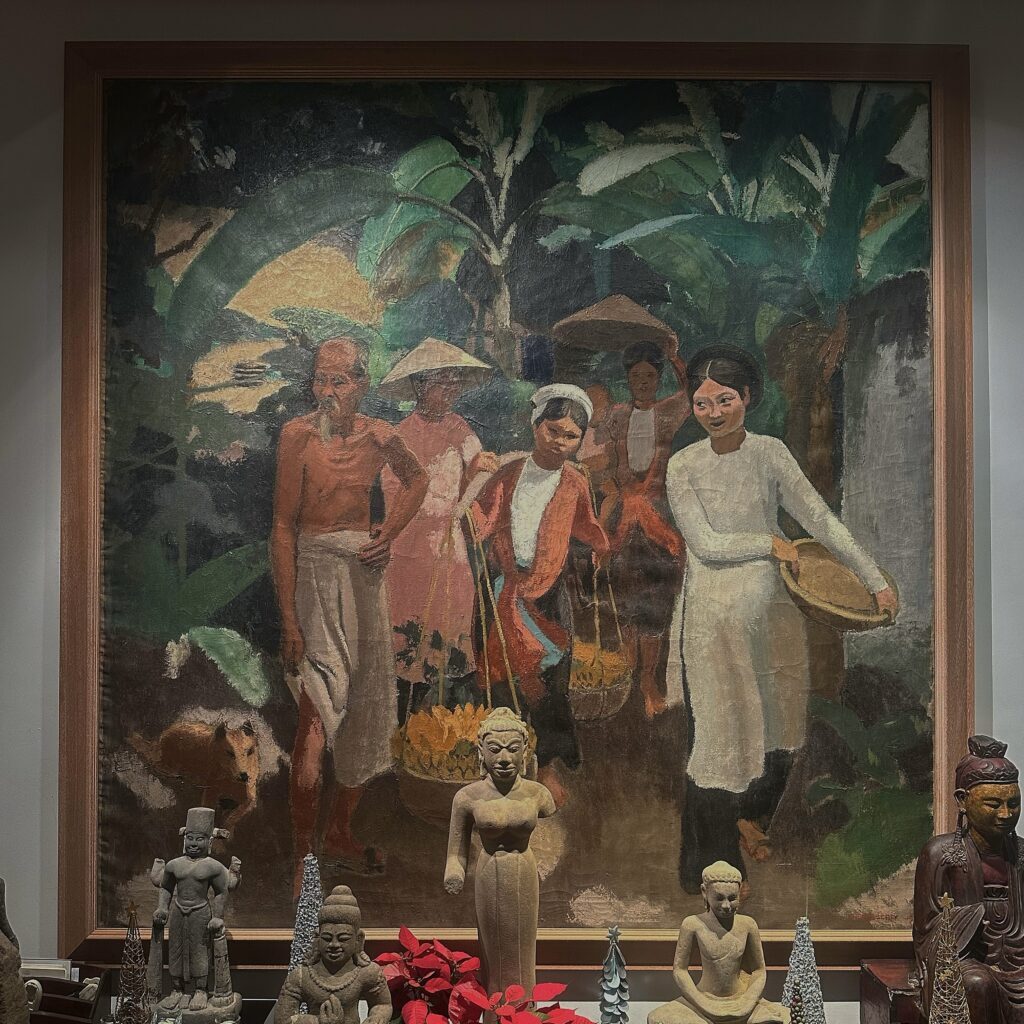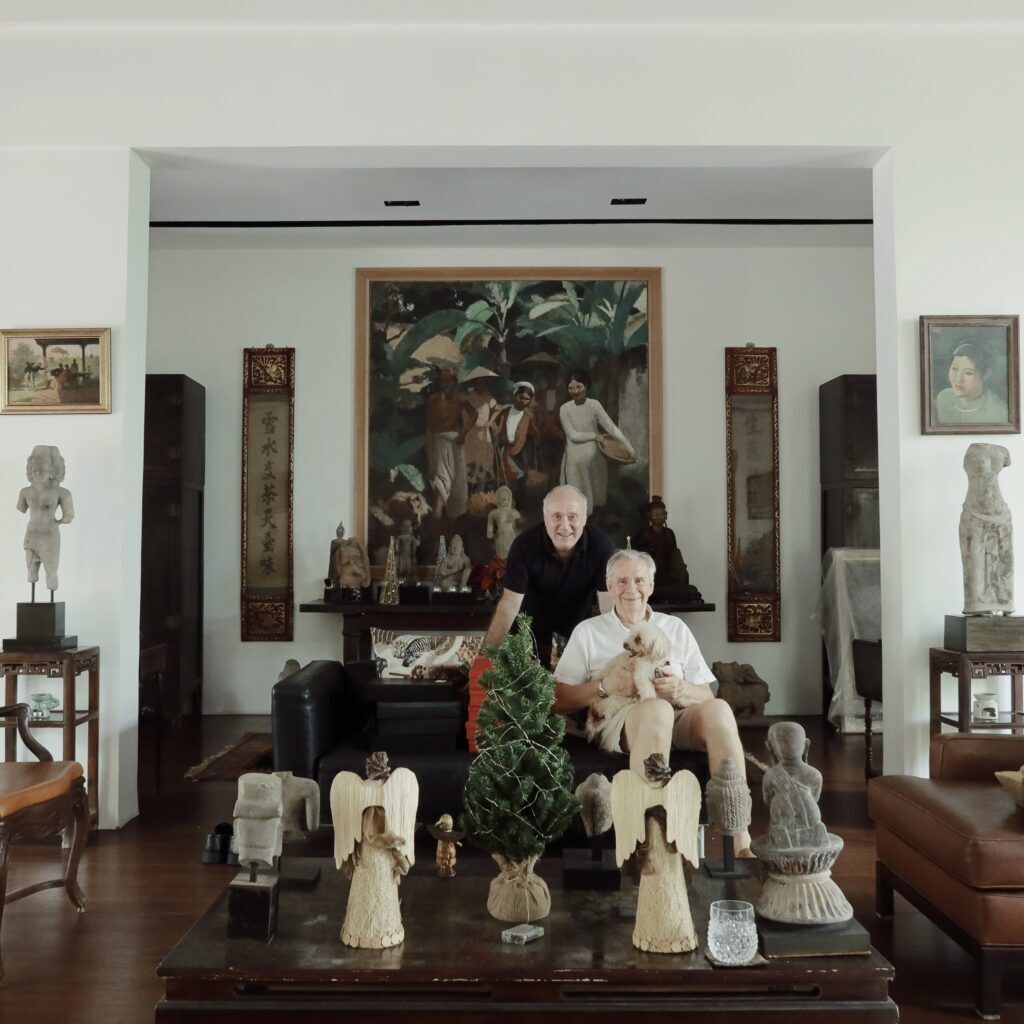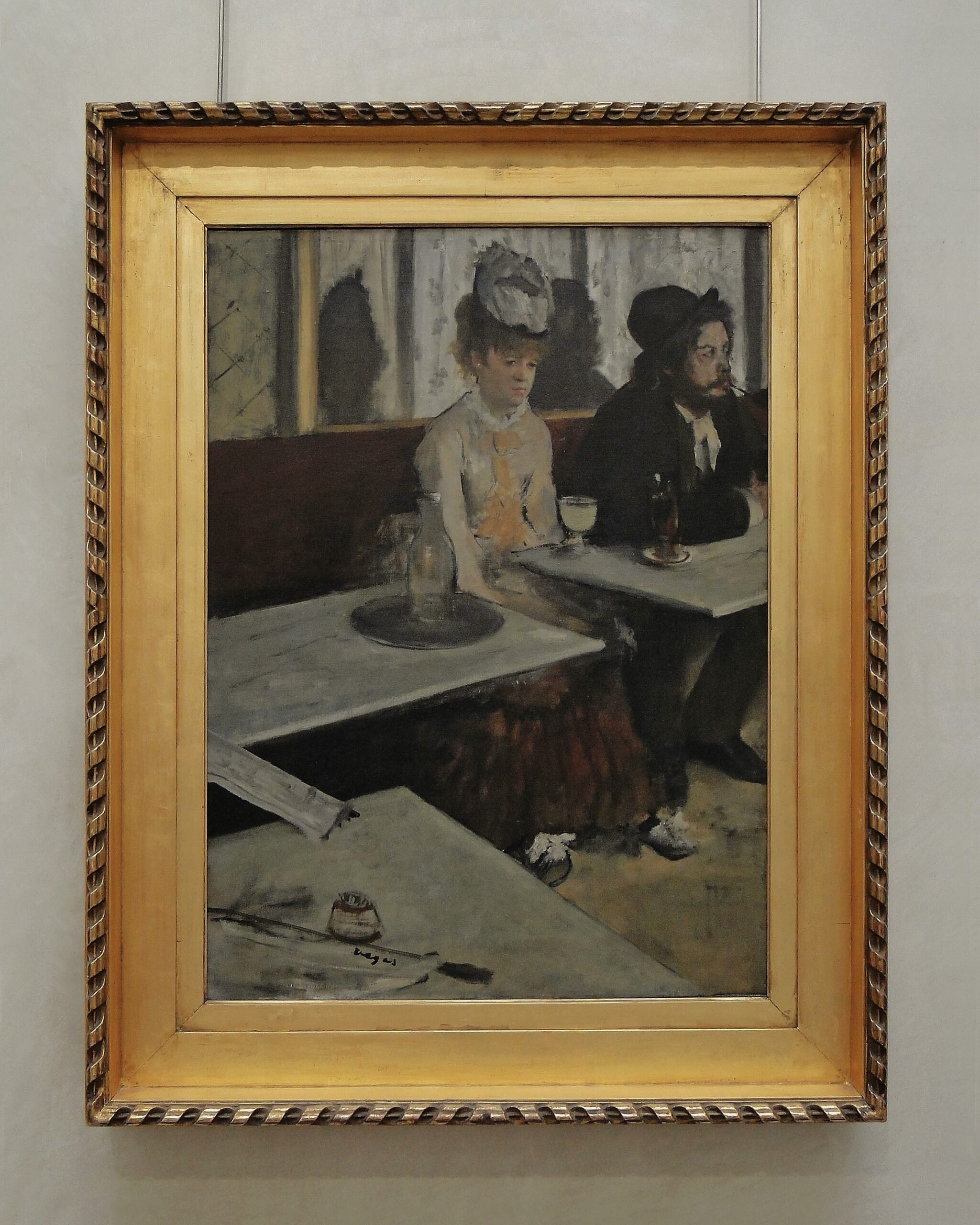
Edgar Degas (France, 1834–1917)
L'Absinthe (The Absinthe Drinker or Glass of Absinthe)
oil on canvas
92 × 68 cm. (36.2 × 26.8 in.)
Painted in 1875–1876
Collection of Musée d'Orsay, Paris, France

Edgar Degas chose as his subject a very popular drink at the end of the 19th century: absinthe.
This is how the painting is often referred to.
Look at the green colour of the glass, characteristic of this beverage. This alcohol, made from artemisia, aniseed and mint, was so strong that it could cause epileptic seizures. Artemisia contains thujone, a neurotoxic molecule that causes convulsions, but above all absinthe is an alcohol at 70° or even higher! It was writer Oscar Wilde (France, 1854–1900) who gave absinthe its nickname, the "green fairy", because when you drank it, you could see genies appear! Its effects are so powerful that absinthe was banned in 1915... before coming back in a modified form in 2011.
Here, Degas depicts the devastating effects of this alcohol. Observe the sad, closed face of the woman behind the glass. She seems totally unaware of the man to her right... and vice versa, as he turns his head away. A far cry from the festive alcohol that warms hearts and brings people together!
In what appears to be a mirror behind them, it's not the characters' reflections we see but their shadows, perhaps foreshadowing what absinthe will do to them...
The composition of the painting is off-center, with the figures in the background on the right, as if the canvas itself were capsizing under the effect of alcohol.
Zola would later claim to have drawn inspiration from Degas' painting for his novels. L'Assommoir comes to mind. In the café that gives the book its name, the couple of Gervaise and Coupeau fall into a slow decline due to alcoholism.
Did you notice that the tables had no legs? The trays seem to levitate! Had Degas himself abused the Green Fairy before painting his picture?
The painting is said to depict the café "La Nouvelle Athènes" in Place Pigalle, where artists of the time, particularly the Impressionists, liked to gather. Degas asked two of his artist friends to pose: the actress Ellen Andrée and the painter and engraver Marcellin Desboutin. Degas later had to make it clear publicly that they were not alcoholics so as not to damage their reputations!

Café de le Nouvelle Athènes, Paris (before 1900)
Have you spotted the original location of the artist's signature? It's at the bottom left, on the newspaper on the table. We haven't finished talking about him yet!

